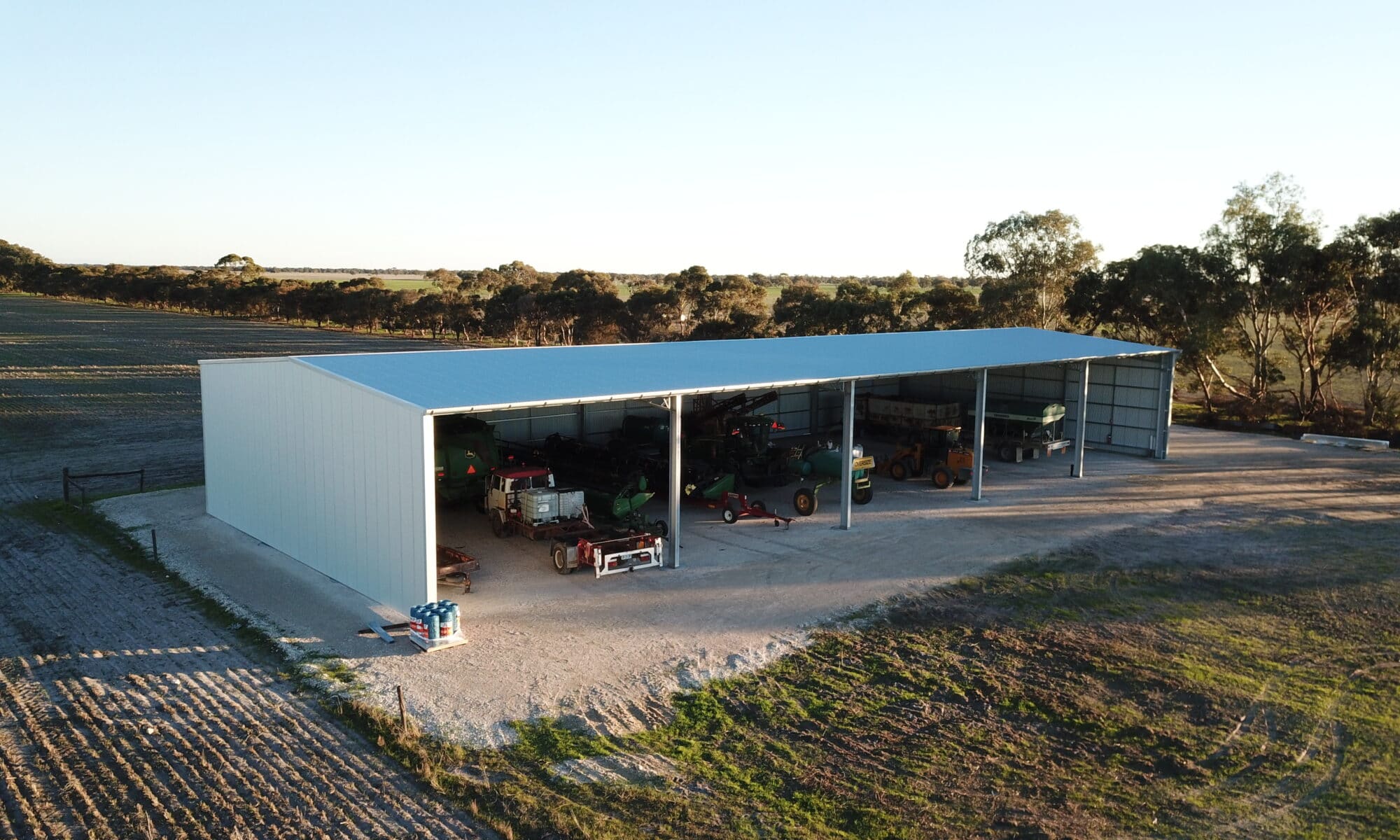Home > News > 3 Things to Consider When Building a Machinery Shed
If you’re an Aussie farmer, investing in a new machinery shed is a big deal. Get it right, and work becomes easier, your farm equipment, tools and machinery are protected, and staff are generally happier. Get it wrong, and you’re up for frustrations and a long string of disappointments.
There are 3 key things to consider when building a machinery shed to ensure you get the outcome you desire: space, traffic flow and orientation. Let’s dive into them.
-
-
- How much space will I need?
- What can we do to maximise the traffic flow?
- Does the shed’s orientation matter?
-
1. How Much Space Will I Need For My Machinery Shed
Knowing your requirements will impact the size of your machinery shed. One example utilized by many farmers is a drive-through shed. Establishing this shed, which has opening doors on both gable ends, provides:
-
- Greater ease when loading and unloading
- The option to hook up long implements like road trains, B-doubles, or air seeder trains, without having to break them down.
Additionally, space outside of the shed is just as important. The working area on each gable end of the shed will need to be either hardstand or rubbled, to ensure you’re able to move your machinery in and out. Commonly, the vertical space is important to think about as well as what kind of machinery your shed will be homing.
Learn more with our video: Is A Drive-Through Machinery Shed Right For You?
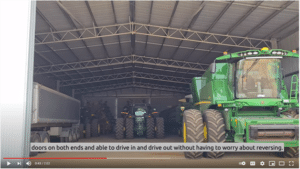
2. Think About Maximising Traffic Flow
Tying into this theme of ample space, traffic flow is vital. A great shed is of no use if you can’t effectively and efficiently move items in and out of it. To help facilitate this flow Spanlift incorporate certain features within our sheds; these include:
-
- Modular frame system with cleats and bolt holes ready for future extensions
- Up to 18 meters wide clear access to fit those large boom sprayers and harvesters
- The removal of centre columns, allowing easier navigation through your shed
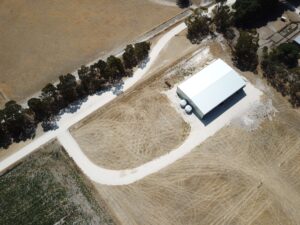
3. Orientation Of Your Machinery Shed
The orientation of your machinery shed is a key consideration in good shed design. At Spanlift, we look into your shed’s orientation as it can save you from costly headaches in the future. We take a deep dive into:
Downpipe placement
A costly item to replace, we interpret your shed’s functionality and place these in low-traffic areas to avoid more rapid wear and tear.
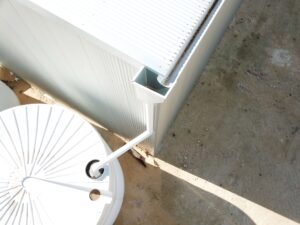
Protection from the climate
It’s no secret that our Aussie climate can be harsh; that’s why we take into account which direction predominately brings in the weather. From here, we accommodate a few options if you need an opening in this same direction – the most popular one is sliding doors that protect your machinery and products when in storage.
Heavy downpour and rainwater catchment
An easy way to calculate rain collection from your shed roof is, multiplying the shed’s length by its width and then by the annual rainfall of where your shed is located. Proper thought and planning need to be present here to ensure that you can capture the right amount of water to meet all requirements for your machinery shed.
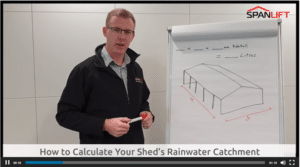
At Spanlift, we consider your needs and carefully calculate the actions needed to give you the ideal machinery shed for your circumstances. The merging of these three points can highlight problems in the early stages of planning that can relieve stress down the line – we consider it all!
For more advice on crafting the perfect machinery shed for you, download our brochure or get in touch with one of our experienced building consultants.



